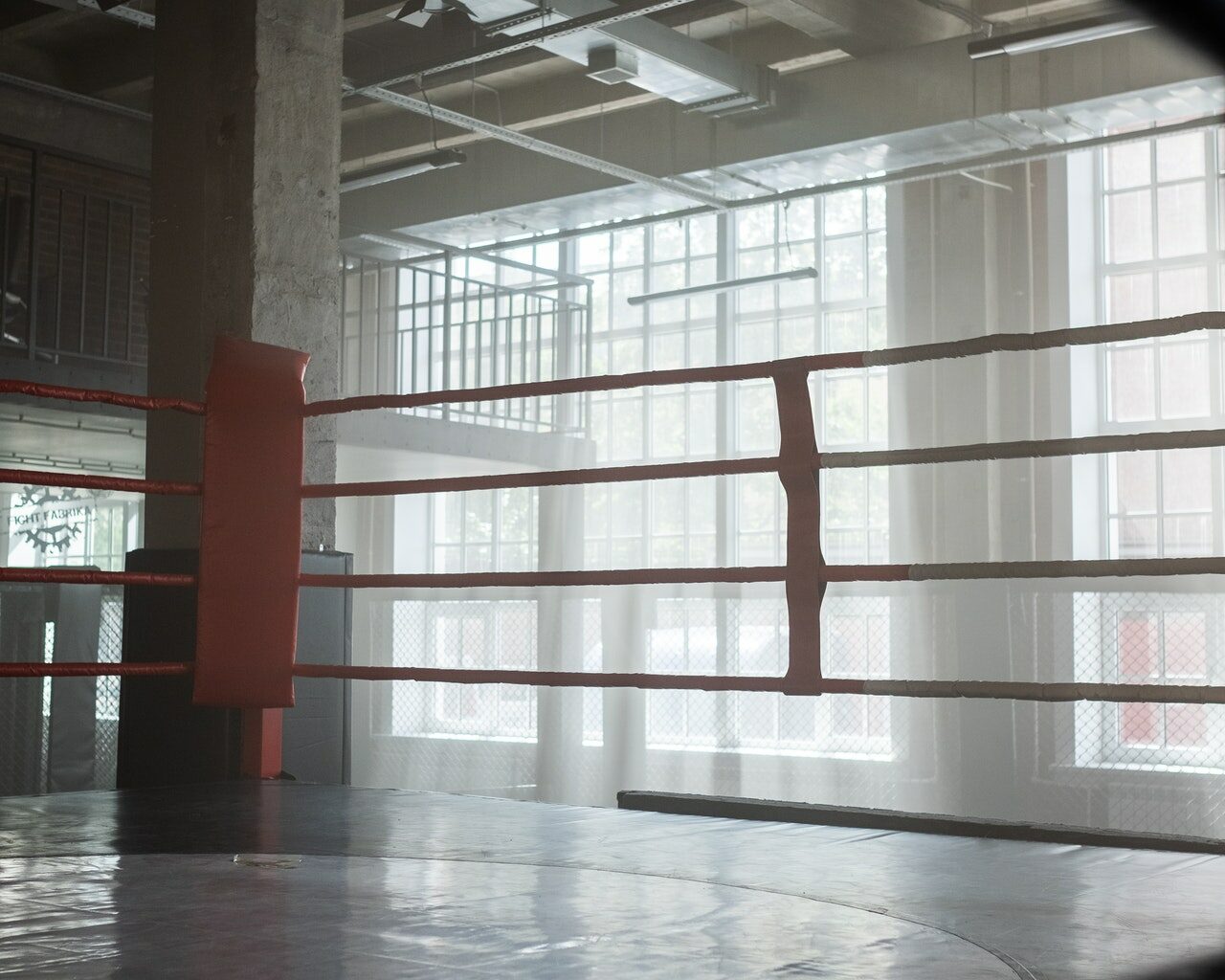As a kid who grew up in Canada in the 90s, I watched a good amount of professional wrestling on TV. This was back in the heyday of what’s now called sports entertainment: there were a number of wrestling organizations that competed for viewer attention with 2-hour long programs during primetime, which fed into the these weekend pay-per-view events that were even more grandiose. Of course, I had no idea that unlike other sports, all of the storylines and outcomes were preordained and arranged to maximize entertainment value; the industry is sometimes described as “soap opera for guys” with its emphasis on drama, though resolution almost always comes in the form of (pretend) physical violence.
Some 3 decades later, and while looking for Olympics highlights, I noticed that there’s a section in the Peacock streaming app for WWE—the 900-pound gorilla in the pro wrestling industry and orders of magnitude bigger than all its competitors. Specifically, I saw a documentary about The Undertaker: a gigantic1 wrestler who had worked for the WWE for well over 3 decades (i.e., I watched him back in the 90s) and wanted to record his final years in the ring before retirement. The series is called The Last Ride, referencing both that journey as well as one of his actual finishing moves.
For some context, one of the ways that pro wrestling entertains is by creating personas for its fighters, over-the-top characters that make it easy for fans to cheer for or against2. In the 80s and 90s, it was common for wrestlers to have gimmicks—1 or 2 things that wholly define who that character is and explains their actions, week after week. Now, none of this is particularly subtle; the WWE had wrestlers whose main identity was that they were from the Middle East, or that they were ex-military, or that they’re for some reason obsessed with gold.
The Undertaker’s gimmick for 30 years running is that he buries his opponents and has…deathy magic powers. To those ends, the character he played stayed relatively quiet through the years, opting away from establishing his charisma through clever insults and taunts3 but instead taking on the role of a silent, menacing giant. He did eventually evolve the character as the supernatural schtick no longer fit with the times, but the wrestler himself bought fully into the mysterious nature of the persona.
For someone who spent most of his career keeping the mystique of his character alive, The Last Ride is a true behind-the-curtains glimpse at the person behind the phenomenon. It’s as much about revealing a previously unseen side about family and friends and the camaraderie backstage, as it is about someone who was struggling to retire from a career that he loved. I mean, it’s pretty amazing that someone could work in professional wrestling—with physicality demanded equal or exceeding that of a NFL linebacker, except that they have perform nightly—into his 50s, when the vast majority of professional athletes with similar physical demands retire in their 30s and 40s as their bodies slow down. That became the overarching theme in this series; Mark Calaway (Undertaker’s real name) was hanging up his boots in accordance to what his body told him it could no longer do.
But I think it also speaks to the struggle that comes from moving on from work that defines the person, in this case even moreso than most. Taker enjoyed being in the ring, becoming the elder statesman in the locker room, was loyal to WWE and its CEO almost to a fault, and at times seemed genuinely lost when he wasn’t needed at a major event and didn’t need to spend months training and preparing for it. Relating it to a mantra in the Retire Early community, it’s not sufficient to just retire from work; it’s equally important to have something to retire to, to fill up the extra hours and energy.
The twilight years of an illustrious career is an interesting case study, but in this case, I know that pro wrestling is also not everyone’s cup of tea. In going through the entire documentary though, I was reminded of just how intense and painful the sport is, and for someone to stay in it for 30 years—earning universal respect and credibility—is still an incredible feat. The Last Ride is the celebration of one of the most famous names in the industry, and also a heavy piece of childhood nostalgia.
In the documentary, he revealed that he had a college basketball scholarship, but decided to go into pro wrestling instead.↩
In wrestling terms, good guys are babyfaces (or just faces), bad guys are heels.↩
One wrestler did this very well and used his in-ring presence to propel himself to Hollywood: The Rock, Dwayne Johnson. He set the footprint for others like John Cena and Dave Batista to follow.↩




